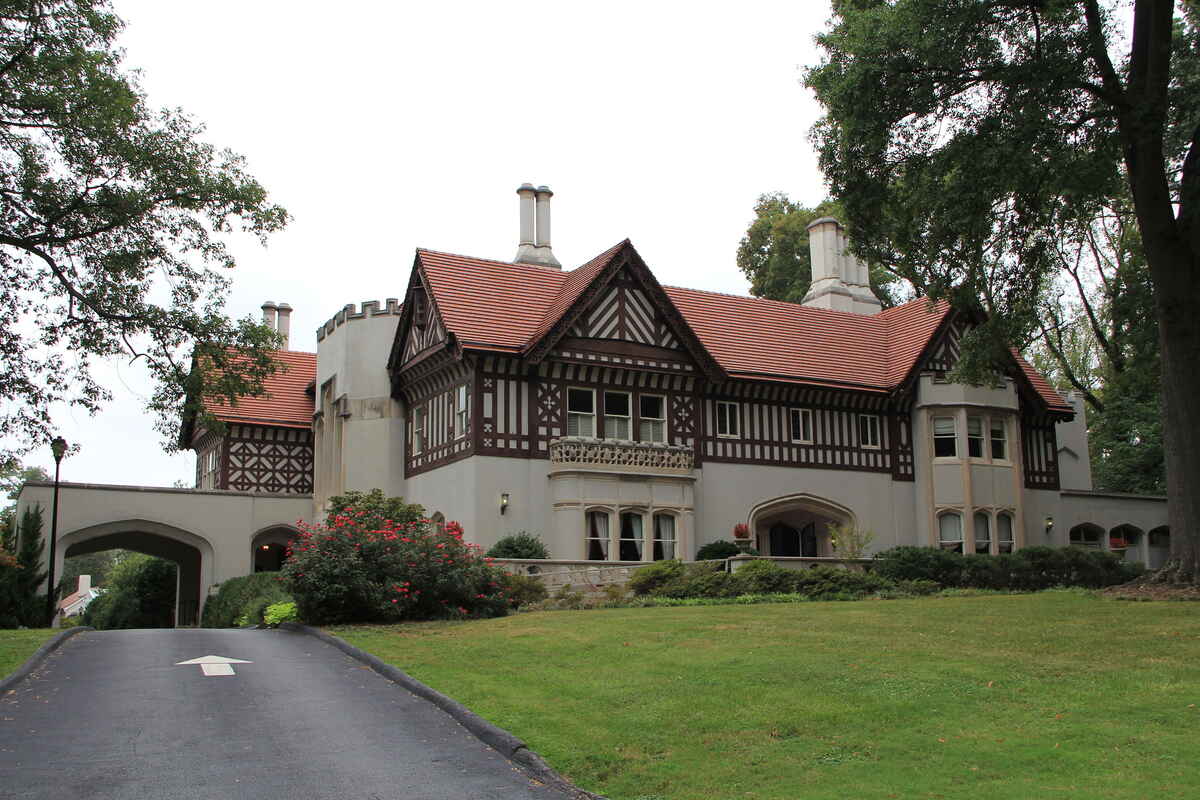
Keeping turfgrass healthy and green is a year-round job that gets much easier when you know what to do. From irrigation and mowing to seeding and fertilizing, “when” and “how” make the difference between lush, dense grass and a thin, brown mess. Read our seasonal lawn maintenance guide for Atlanta to pinpoint the essential lawn care tasks for spring, summer, fall, and winter.
Spring Lawn Care in Atlanta (March, April, May)
Springtime is about preparation and sets the tone for the new lawn care season. Here’s what’s on the schedule:
Prepare the Equipment and Tools for Work
When the weather starts warming up in the Peach State, it’s time to take out your lawn care tools from the shed and ensure they’re ready for work:
- Check the filters, the oil, and the power cords on the lawn mower, string trimmer, leaf blower, etc.
- Add fuel if necessary
- Charge batteries
- Make sure the blades are clean and sharp
Don’t forget about your irrigation system. Check the pipes and hoses, and test the timer and sprinkler heads.
Clean-up, Aerate, Dethatch
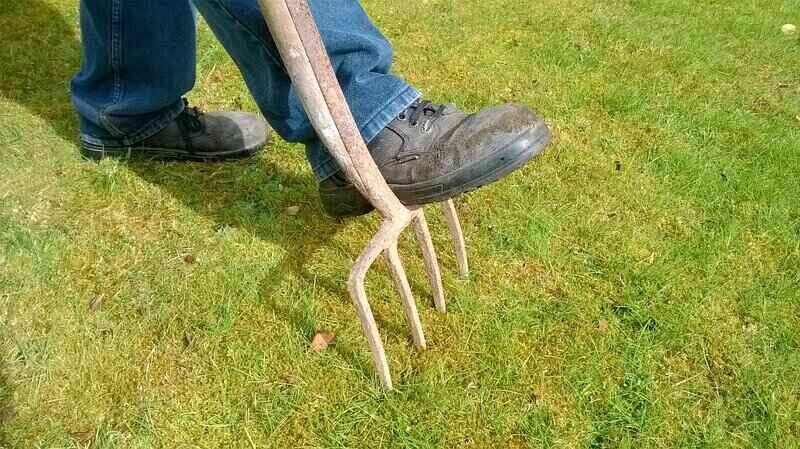
Getting your Atlanta lawn clear of debris and ready to receive oxygen, water, and nutrients is a critical springtime job. You’ll need to:
- Remove fallen leaves and other organic debris.
- Dethatch build-up over 1 inch thick.
- Improve drainage on your lawn if there’s soil compaction (you have a hard time pushing a screwdriver into the ground). You can easily rent a core aerator from Home Depot.
Pro tip: Plan the clean-up in early March, but wait until the grass grows before you aerate and dethatch. For the most common grass types in Atlanta, that means:
- March and April for tall fescue
- April and May for Bermuda, Zoysia, St. Augustine, and centipede
You Might Want to Scalp the Lawn
Scalping the lawn (which means cutting your grass as short as you possibly can) removes all the dead grass blades, pushing the new turf to green up faster. It can be stressful for your lawn and exposes the plants to spring diseases, so think twice before doing it.
Start Mowing When the Grass is Ready
From early May, mow Bermudagrass, Zoysiagrass, St. Augustinegrass, centipedegrass, and other warm-season grasses common to the Metro Atlanta area. Tall fescue and other cool-season grasses need mowing from March, well before the dogwood blooms.
In spring and fall, you can mow a little bit shorter to avoid moisture build-up, but keep following the basic rules:
- Mow only up to ⅓ of grass height and no more
- Keep the mower blades sharp
- Avoid mowing when the grass is wet or during periods of drought
Here’s the recommended height at which you should keep your lawn in Atlanta during spring months, based on grass type:
| Turfgrass Type | Spring Mowing Height |
| Hybrid Bermuda | 1 inch |
| St. Augustinegrass | 2 inches |
| Tall fescue | 2 inches |
| Zoysiagrass | 1 inch |
| Centipedegrass | 1 inch |
Fertilize in March and May
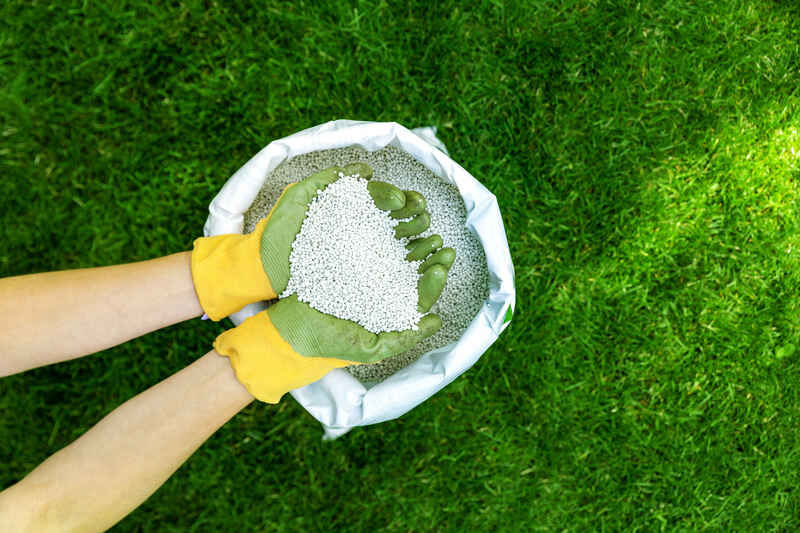
Waking up after the winter sleep, your turfgrass is hungry and needs nutrients for the growing season. Apply fertilizer only after the lawn has greened up more than 50%. In A-Town, that is:
- Mid-March to early April for cool-season grasses
- Late spring (mid to late May) for warm-season grasses
Pro tip: Make a habit of leaving the grass clippings on the lawn when you mow. They are an excellent natural fertilizer returning 50 to 100% of the nitrogen your lawn needs.
Overseed (Only) Warm-Season Grasses
Spring clean-up is a perfect moment to catch thinning areas or bare spots on your lawn and correct them by overseeding.
Do this only for warm-season grasses. Cool-season seedlings won’t be strong enough to endure the summer heat.
Weed Control
To enjoy a clean, no-weed lawn in the summer, apply pre-emergent herbicides in the spring. They prevent summer weeds, like crabgrass, goosegrass, or lespedeza, from germinating.
From March to May, you can also treat with post-emergent herbicides or hand-pull:
- Winter weeds that still thrive in your yard (poa annua, chickweed, henbit)
- Perennials that start showing up (nutsedge, dandelion, wild garlic)
Prevent and Treat Fungal Diseases
Atlanta spring has cool nights and chilly mornings, just right for fungal diseases to take a toll on your lawn. Hire a lawn care company to apply a preventive fungicide, and make sure you keep the moisture at a minimum by following these tips:
- Water in the morning
- Avoid overwatering
- Shake the dew from grass blades
- Mow the grass at the right height
Kill Spring Pests
Most lawn pests lay their eggs in the spring and do damage later in the summer. To prevent infestation efficiently:
- Do your spring clean-up thoroughly
- Keep the lawn clean and clear
- Apply a preventive pesticide
- Search for signs of common Atlanta pests (fire ants, mole crickets, spittlebugs, turf caterpillars, white grubs)
For more in-depth information about starting a new growing season the right way, read our detailed guide to spring lawn care for the Atlanta area.
Summer Lawn Care in Atlanta (June, July, August)
Atlanta has hot summers, often over 86°F in July. With rainfall variation during summer, keeping a lawn healthy and green can be challenging. Here are a few lawn care tips to help you:
Water Correctly
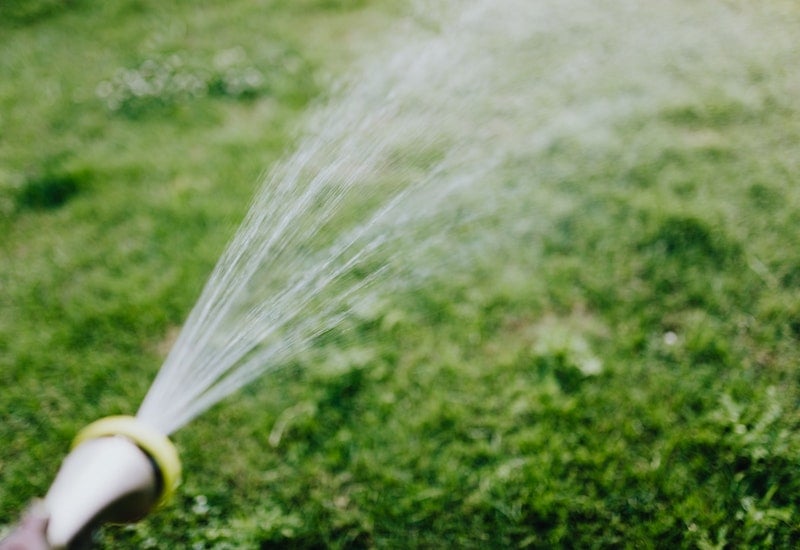
During the hot summer months, Atlanta goes from dry to wet and back to dry again, so watering the lawn correctly is essential for healthy grass. Fortunately, all you need to do is follow two simple techniques:
- Ensure 1 inch of water per week, including rainfall.
- Irrigate in the morning, 8:00 a.m. to 10:00 a.m. or earlier. Evenings are also an option but come with higher risks of fungal disease.
Mow Higher
Taller turfgrass shades the soil better, helping it retain moisture longer during dry, hot days. It also has more energy to deal with heat stress, trimming, and diseases.
The rule of thumb is to mow about 0.5 inches taller in the summer than in spring and fall. For the most common turfgrasses in the lovely New York of the South, this translates into the following numbers:
| Type of Grass | Summer Mowing Height |
| Bermuda | 2 inches |
| Zoysia | 2 ½ inches |
| St. Augustinegrass | 4 inches |
| Tall Fescue | 3 ½ inches |
Pro tip: Tall fescue is sensitive to heat and grows slower during summer in the Metro Atlanta area. Mow less often and measure before you cut to ensure the trim is needed.
Fertilize Warm-Season Grasses
Since tall fescue slows its growth during summer, let it rest and avoid fertilizing. On the other hand, warm-season grasses love the heat and sun, thrive in this season, and need feeding.
The best way to do it is to leave the grass clippings on the lawn every time you mow. You can also spread a fertilizer, organic or synthetic, but test your soil first and ensure it needs extra nutrients.
Overseed If You Have To
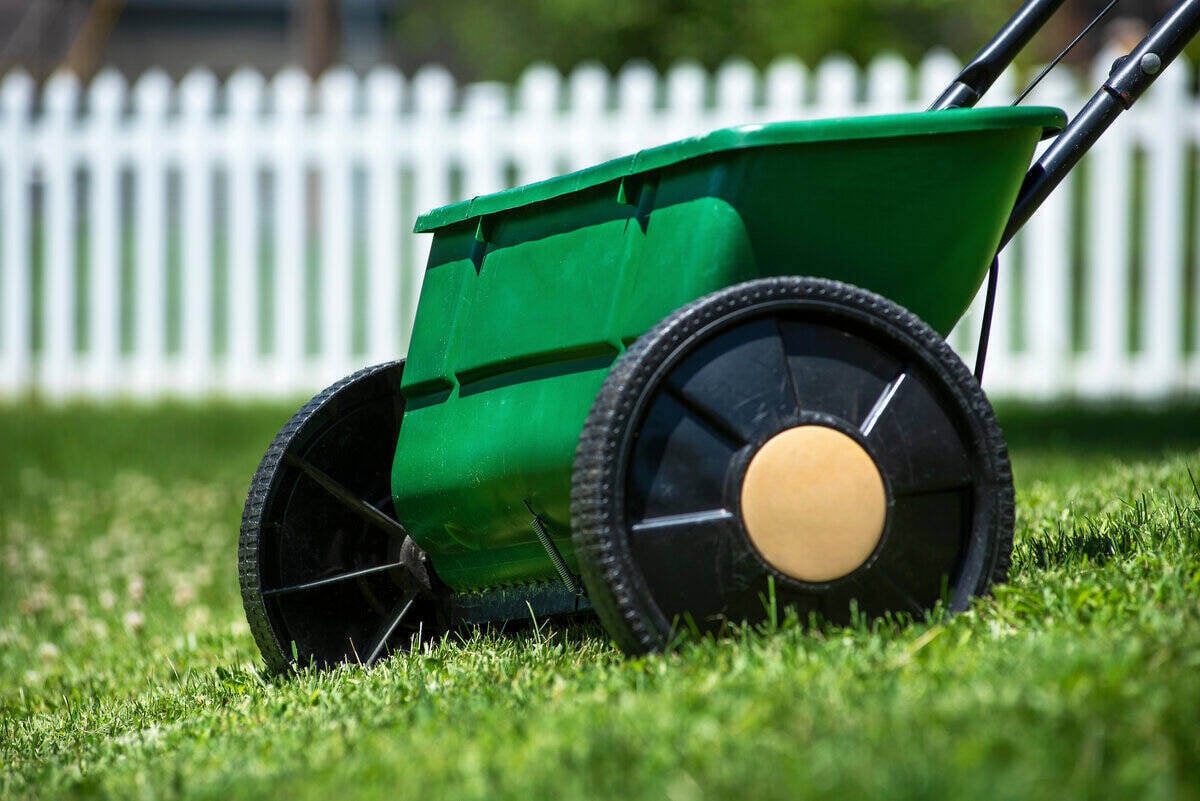
Overseed warm-season grasses from late May to early June if you want to ensure a thick, dense, lush lawn in the summer.
However, leave overseeding for early September if you want to do it right. Overseeding in early fall instead of summer is less stressful for new seedlings.
Pro tip: Don’t seed tall fescue or other cool-season grasses in summer. They won’t be able to resist the heat.
Keep an Eye on Pests
Fire ants, armyworms, and spittlebugs are just three nasty pests crawling in Atlanta’s summer lawns. They all ruin the grass, and ants can sting your family.
To solve the problem DIY:
- Look for a good pest killer at your local home improvement store (think Lowe’s or Home Depot).
- Follow the product instructions.
- Use protective equipment.
- Apply multiple times to ensure the lawn is clear of pests.
The other way to go is to call a pest control company in the Metro Atlanta area and let the professionals handle it.
Treat Lawn Diseases
Hot and humid weather is heaven for fungal lawn diseases like fairy-ring, take-all root rot, gray leaf spot, and pythium root rot. Treating lawn diseases involves applying the proper fungicide the right way.
Some fungi, such as brown patch, can be very aggressive, so calling a lawn care professional to treat the infection is usually the best choice.
Find more information about maintaining a healthy lawn during the hottest season of the year in our summer lawn care guide for Atlanta.
Fall Lawn Care in Atlanta (September, October, November)
Come September, lawn care changes gears with the dropping temperatures. Tall fescue comes back to life and puts your mower to work, while warm-season grasses prepare for dormancy after Halloween.
To make sure you prepare the grass properly for winter, follow these simple fall lawn care tips:
Test Soil pH
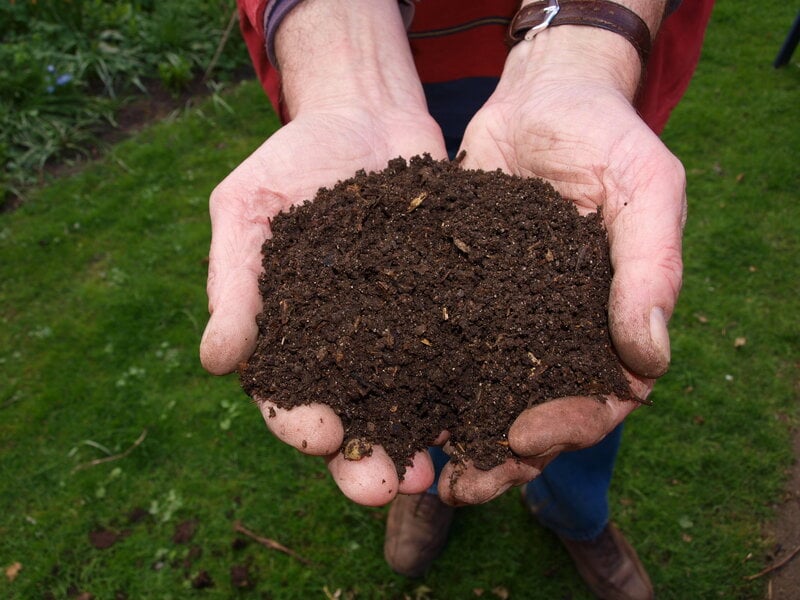
Atlanta’s soil turns acidic and drops below 5.5 if left untreated for many years. Since acidic soil limits nutrient absorption, it’s essential to keep it between 5.5 and 6.5.
If you find out your soil is too acidic, the treatment is easy. Apply granular lime and water the lawn as usual. Since it takes up to six months for full effect, start treatment this time of year to have the soil ready for spring fertilization.
Pro tip: Test the soil at a Cooperative Extension Office (three available locations for soil tests) for less than $15.
Fertilize Tall Fescue
In early September, when summer heat steps back and the temperatures drop slightly, tall fescue grows again. It’s this cool-season grass’s second growing season of the year, and the grass might need feeding.
Consider adding nutrients, either in the eco-friendly lawn care style or with a synthetic formula.
Pro tip: Use a broadcast spreader to make sure you apply the right amount of fertilizer evenly.
Apply a Pre-emergent Herbicide
Early fall is the best time to prevent annual bluegrass, chickweed, and henbit, all winter weeds that are widespread on Big Peach lawns.
Apply a pre-emergent herbicide on warm-season grass lawns in mid-September when the temperature drops below 70°F.
Pro tip: Don’t use pre-emergent herbicides if you want to overseed in the fall. It stops germination (including for grass seeds) for 2 to 3 months.
The Best Time to Overseed the Lawn
Fall is the best season to overseed your lawn for both cool and warm-season grasses. They will develop strong enough roots to resist the heat before the following summer.
To prepare for seeding, aerate, dethatch (if needed), and spread starter fertilizer.
Prepare For the Last Mow
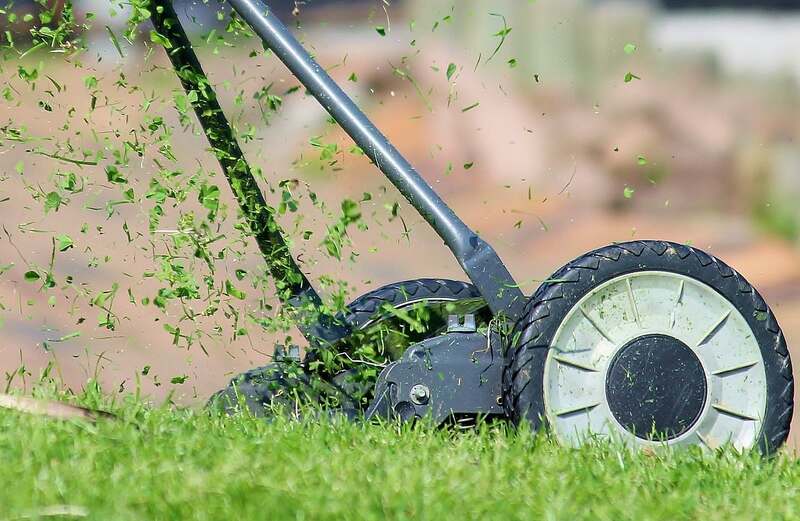
Do your last mow of the year in mid to late October before your warm-season lawn goes dormant. Cut the grass about 0.5 inches taller than the typical fall mowing height. Added height gives the grass more resources for the coming winter.
Tall fescue doesn’t go dormant in the mild Peach State winter, but it slows its growth. If you have it on your lawn, you’ll mow it weekly through mid-November and less often during early to mid-winter.
Rake the Leaves and Trim the Trees
When Atlanta’s beautiful parks turn golden and rusty, it’s the perfect time to prepare the lawn for winter.
Also known as winterizing, this part of fall lawn care includes:
- Trimming the trees.
- Removing tree branches, garbage, and pest waste.
- Raking fallen leaves.
- Removing thick thatch and aerating the lawn.
Pest Control in the Fall
Armyworms and spittlebugs are active until late September, and grubs hit Atlanta lawns from October to November.
Keep an eye out for signs of infestation, such as
- Large flocks of birds that suddenly love your lawn
- Patches of dead grass
- A white, foamy substance on grass stems and leaves
If you see any of these signs, act quickly. Contact a local pest control company and have the proper treatment applied as soon as possible.
Apply Preventive Fungicide
Dollar spot, brown patch, leaf spot/melting out, pythium root rot, and slime mold are fungal diseases that thrive in cold and humid weather. They might act out during winter or lash out when the first ray of spring sunlight hits the ground.
Apply a preventive fungicide in the fall to protect the lawn, especially if this type of lawn disease is not a stranger to your yard.
Read more about keeping the grass healthy during autumn in our in-depth fall lawn care guide for the Metro Atlanta area.
Winter Lawn Care in Atlanta (December, January, February)
You might think winter keeps you indoors when it comes to growing plants, but having a lawn changes that.
Work must still be done to ensure the grass will be healthy, thick, and dense come spring. Here are the main DOs and DON’Ts for winter lawn care in the Atlanta climate:
Avoid Stepping on the Grass
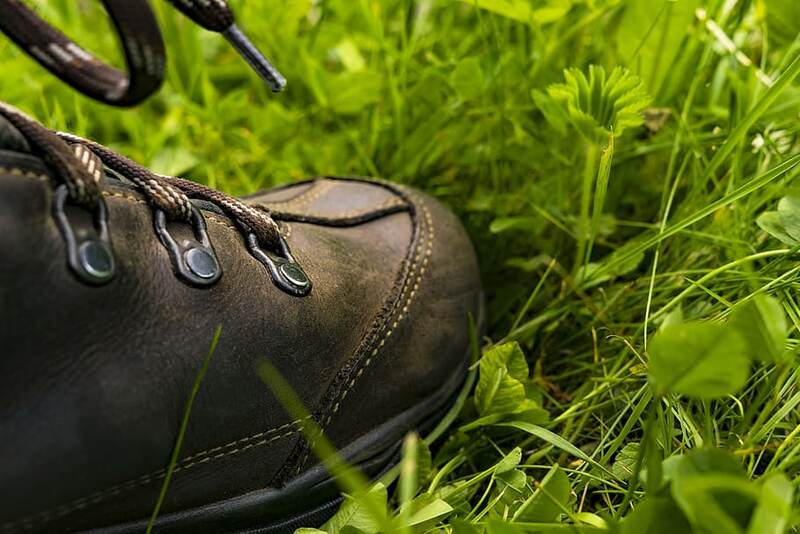
During winter, warm-season grasses and tall fescue are fragile, especially when frozen. To protect the plants from damage, avoid the following:
- Stepping on the grass
- Placing outdoor furniture or Christmas installations on the lawn
- Using heavy lawn care equipment
- Piling the snow gathered from the walkway
- Using rock salt to melt the ice and snow in areas near the lawn
Don’t Overwater the Lawn
In the cold months, your lawn is either dormant (warm-season grasses) or grows very slowly (cool-season grasses).
The grass uses less water, so irrigating comes with a higher risk of overwatering. Always consider the amount of snowfall and rain, and ensure the total amount of water does not exceed 1 inch per week.
Pro tip: Stop watering when the temperature goes below freezing.
Check Your Lawn Monthly for Dead Leaves and Debris
Even with a thorough fall cleanup, you might still get fallen leaves and branches on your lawn from early to mid-December – especially if you have Southern live oaks or magnolias in your yard.
Check your lawn monthly and remove any organic matter that might:
- Shade the grass
- Foster moisture and fungi
- Attract insects and other pests
Let Tall Fescue Grow Taller
With a tall fescue lawn, you must still consider mowing in early December, but do it less often than you did in fall.
Let tall fescue and other cool-season grasses grow a little taller during winter. They need more leaf surface for photosynthesis and more energy to deal with the cold.
Take Out Atlanta’s Winter Weeds
Winter weeds like annual bluegrass or Poa annua, henbit, and chickweed thrive in Atlanta’s cold season. They use up the lawn’s nutrients, mature in spring, and spread seeds to return in greater numbers next year.
Some homeowners pull them out by hand if there are just a few weeds. Others apply a proper herbicide. You can also hire professional lawn care services to ensure the solution is spread correctly and does not harm the lawn.
Prevent Lawn Fungus
Dollar spot, brown patch, and pythium root rot are fungi that can damage your property even in December. If you sprayed the lawn with a preventive fungicide during fall, it should be safe from their attack.
If not, consider applying such treatment now. Or, watch the lawn for brown patches and dead grass to intervene quickly if an infection occurs.
Find out more about keeping your lawn healthy in the cold season from our guide on winter lawn care for the Metro Atlanta area.
FAQ About Lawn Care in Atlanta
The best time to fertilize your lawn is when the grass is actively growing. In Atlanta, this means:
● Mid-April to mid-May for warm-season grasses like Bermuda and Zoysia
● March and September for tall fescue and other cold-season grasses
Plan overseeding your Atlanta lawn for warm and cool-season grasses in the fall. This gives them enough time to grow strong roots before the following summer. You can also overseed warm-season grasses in late spring to early summer, right at the start of their growing season, but they’ll be more vulnerable to drought.
Georgia has primarily heavy clay soil, making aeration a must in your lawn care schedule. Aerate once a year before fertilizing, at the start of a growing season, and more if you deal with soil compaction during the year.
Warm-season grasses go dormant in mid-November, so you should spread the last fertilizer in October. Make it low in nitrogen and higher in nutrients supporting the grass roots, like potassium and phosphorus.
Enjoy a Healthy, Lush Atlanta Lawn All Year Round!
Lush, dense, thick turfgrass is the result of careful work done month by month. Each season adds strength or vulnerabilities, depending on weather, soil, water, nutrients, mowing, and so many other factors.
There’s a lot you can do DIY for beautiful grass, but for some lawn problems, you need professional help. Contact an experienced lawn care team in the Metro Atlanta area and enjoy a healthy, lush lawn all year round!
Main Image Credit: Dawn DeLucia / Wikimedia Commons / CC BY-SA 3.0